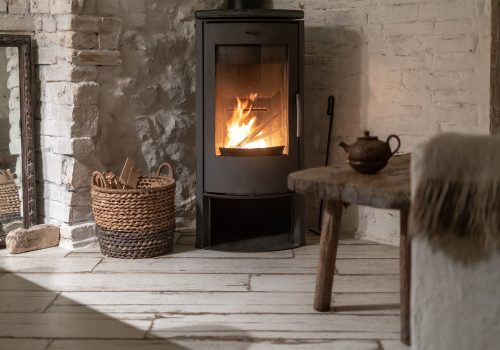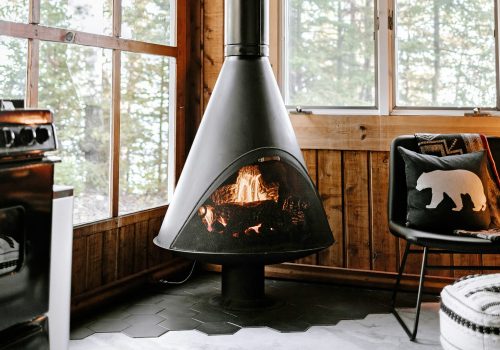
From ancient times to the modern era, the fireplace has held a unique place in the heart of the home. Its warmth and light have not only provided essential comfort but also served as a gathering spot for families and friends. In a world increasingly driven by technology and efficiency, the fireplace remains a cherished symbol of tradition, hospitality, and togetherness. This article explores the evolution, benefits, and enduring charm of fireplaces, along with practical considerations for integrating them into contemporary living spaces.
Winter is the time for comfort, for good food and warmth, for the touch of a friendly hand and for a talk beside the fire.
A Historical Perspective
The history of the fireplace is as old as human civilization. Early humans discovered fire and soon after, the hearth became the center of communal life. Ancient Greeks and Romans developed more sophisticated heating systems, including hypocausts for underfloor heating. However, it was during the Middle Ages that the fireplace as we know it began to take shape. Large stone fireplaces were built into the walls of castles and manors, providing much-needed warmth and serving as cooking spaces.

The Industrial Revolution brought significant advancements. Cast iron stoves became popular, offering more efficient heating and better control over cooking. By the 19th century, the Victorian era saw fireplaces become focal points of interior design, with elaborate mantels and decorative tiles enhancing their aesthetic appeal.
During the Middle Ages, fireplaces began to take the form we recognize today. Large stone fireplaces were built into the walls of castles and manor houses, providing essential heat and serving as central gathering spots. The design of these fireplaces evolved over the centuries, becoming more efficient and aesthetically pleasing. The Industrial Revolution brought about significant changes, with the introduction of cast iron stoves that offered better heat distribution and control. By the Victorian era, fireplaces had become focal points of interior design, often adorned with elaborate mantels and decorative tiles.
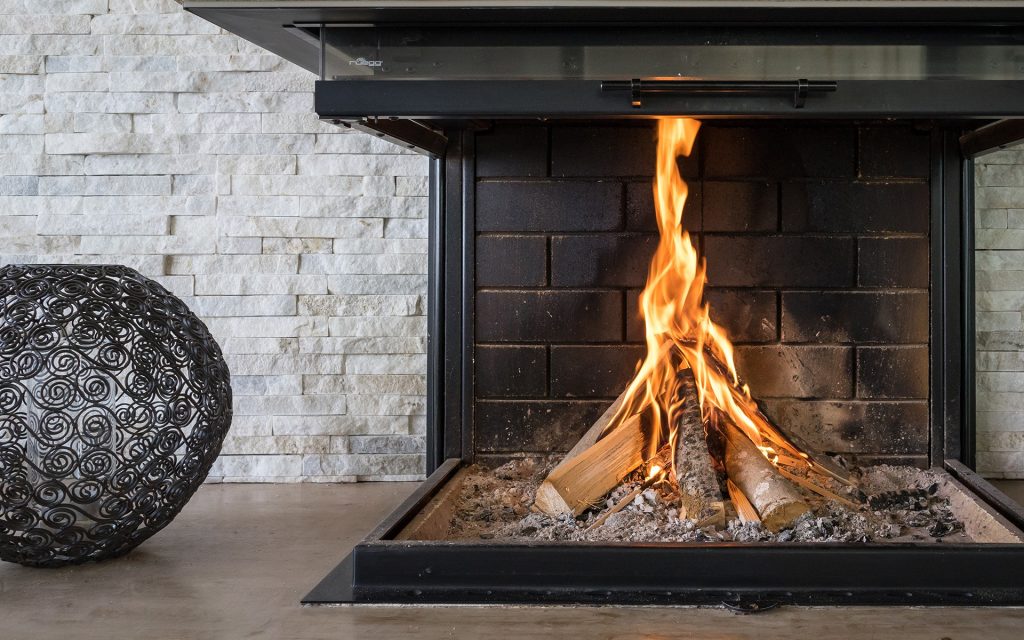
In today’s homes, fireplaces come in a variety of styles and technologies, each offering unique advantages. Wood-burning fireplaces remain popular for their traditional appeal and the authentic experience they provide. The sight and sound of crackling logs create a cozy atmosphere that is hard to replicate. However, they do require regular maintenance, such as chimney cleaning and ash removal, to ensure safe operation.
- Individuals
- Organizations
- Companies
Gas fireplaces have gained popularity for their convenience and efficiency. With the flip of a switch, homeowners can enjoy immediate warmth without the hassle of chopping wood or cleaning up ashes. These fireplaces come in both vented and vent-free models, allowing for flexible installation options. Vented models require a chimney or flue, while vent-free models can be installed almost anywhere, providing greater design freedom.
Modern Fireplaces and Their Benefits
Electric fireplaces represent another modern innovation, ideal for contemporary living spaces. They are energy-efficient, easy to install, and can mimic the appearance of real flames using LED technology. Many electric fireplaces offer customizable flame effects and remote control operation, allowing users to tailor the ambiance to their liking without the need for ventilation.
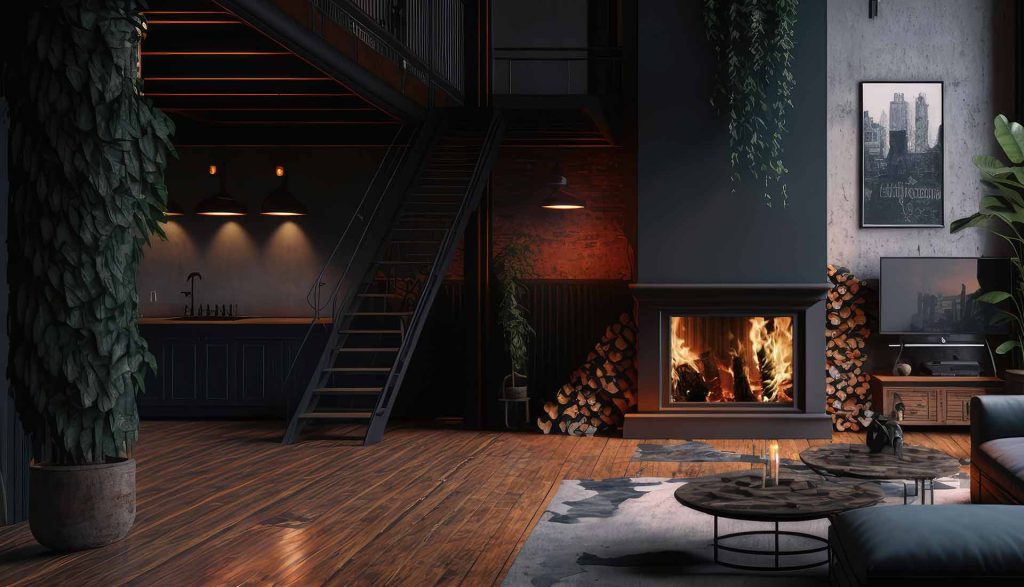
Pellet stoves are another efficient and eco-friendly option. Burning compressed wood or biomass pellets, these stoves offer high efficiency and minimal waste production. They are an excellent choice for those looking to reduce their environmental footprint while enjoying the benefits of a traditional fireplace.
Safety and Maintenance Considerations
Fireplaces, regardless of their type, provide numerous benefits. They can serve as supplemental heat sources, reducing reliance on central heating systems and lowering energy bills. The warmth and light they emit create a welcoming atmosphere, perfect for relaxation and social gatherings. A well-designed fireplace can also enhance the aesthetic appeal of a home, making it more attractive to potential buyers and increasing its market value.
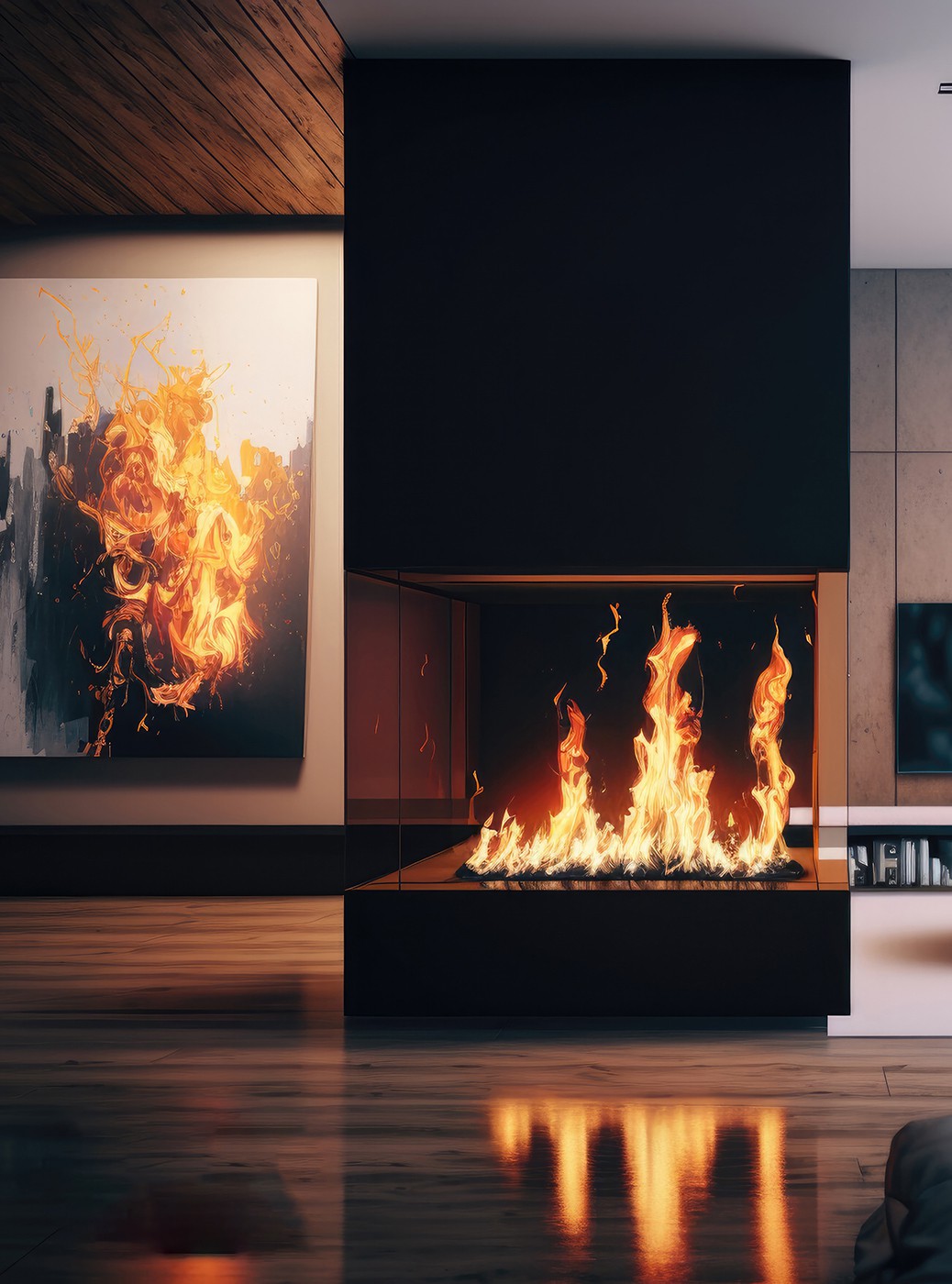
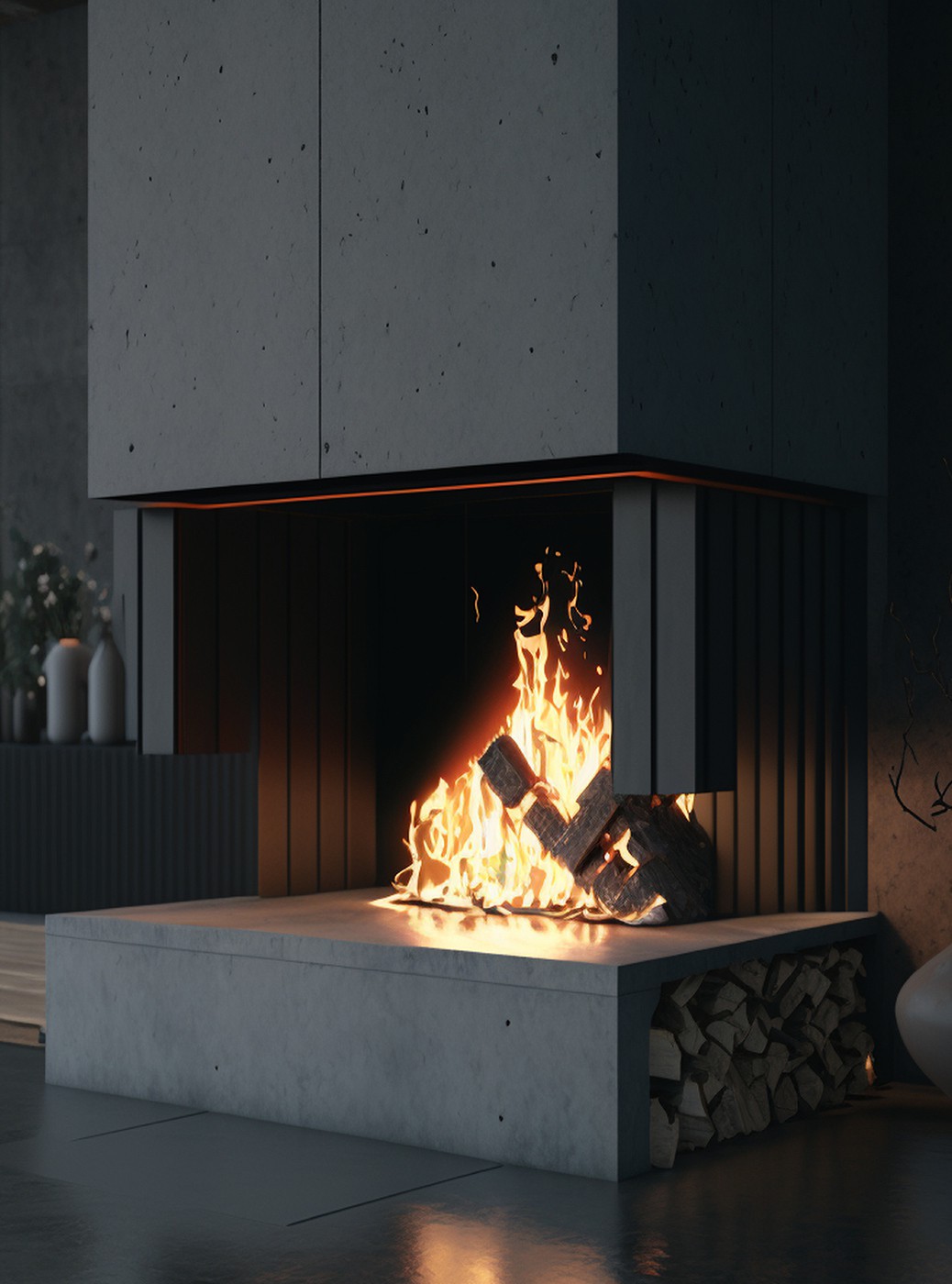

Safe operation practices are equally important. Fireplaces should never be left unattended, and a fireplace screen should be used to prevent sparks from escaping. Keeping flammable materials at a safe distance from the fireplace is essential to prevent accidental fires. Additionally, using the right type of fuel is important for efficiency and safety. For wood-burning fireplaces, seasoned hardwood is recommended to minimize smoke and creosote buildup. For gas and pellet stoves, following the manufacturer’s guidelines for fuel type and usage is key.
Fireplaces have transcended their original purpose as essential heating sources to become cherished symbols of home and comfort. Whether it’s the traditional charm of a wood-burning fireplace, the convenience of a gas model, or the modern efficiency of an electric or pellet stove, fireplaces continue to enrich our lives. By understanding their historical significance, appreciating their benefits, and adhering to safety measures, we can enjoy the timeless appeal of fireplaces for generations to come.
As Edith Sitwell beautifully articulated, “Winter is the time for comfort, for good food and warmth, for the touch of a friendly hand and for a talk beside the fire.” Embrace the enduring allure of fireplaces and transform your home into a sanctuary of warmth and togetherness.


